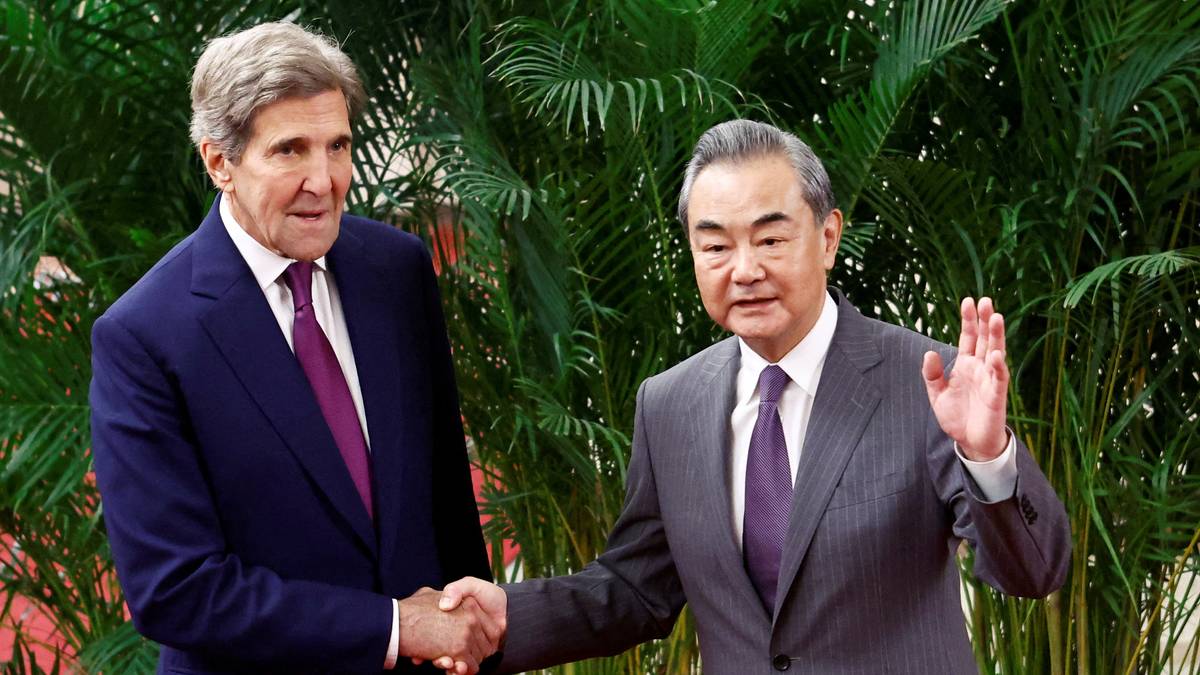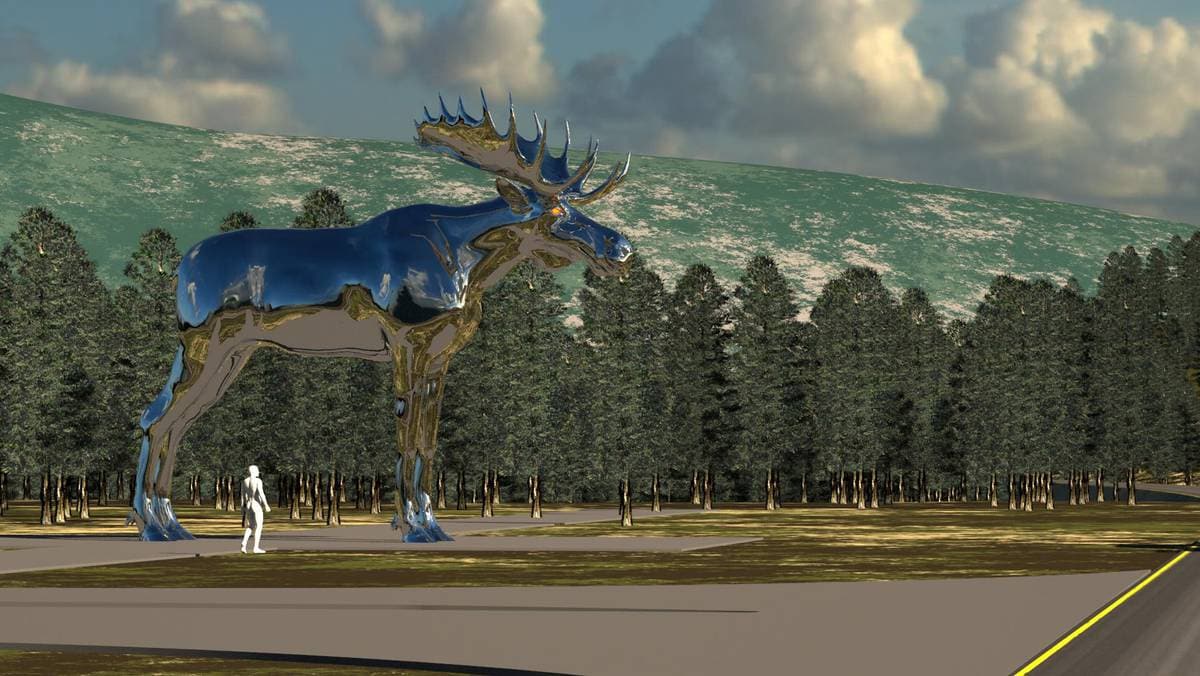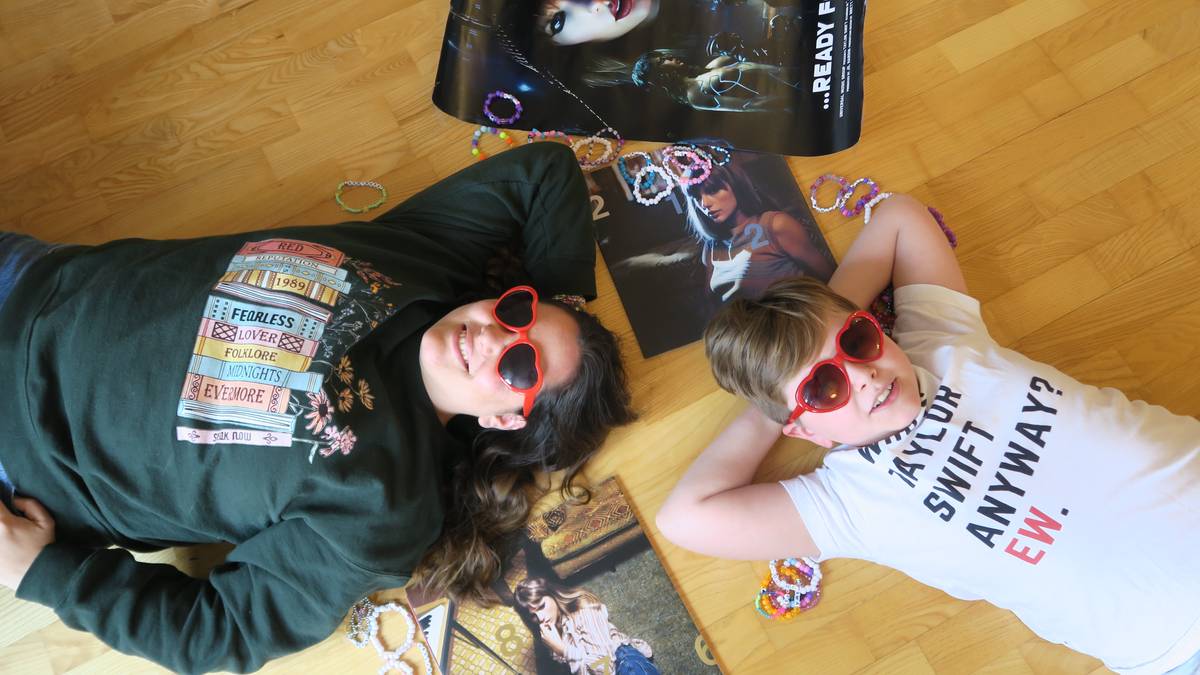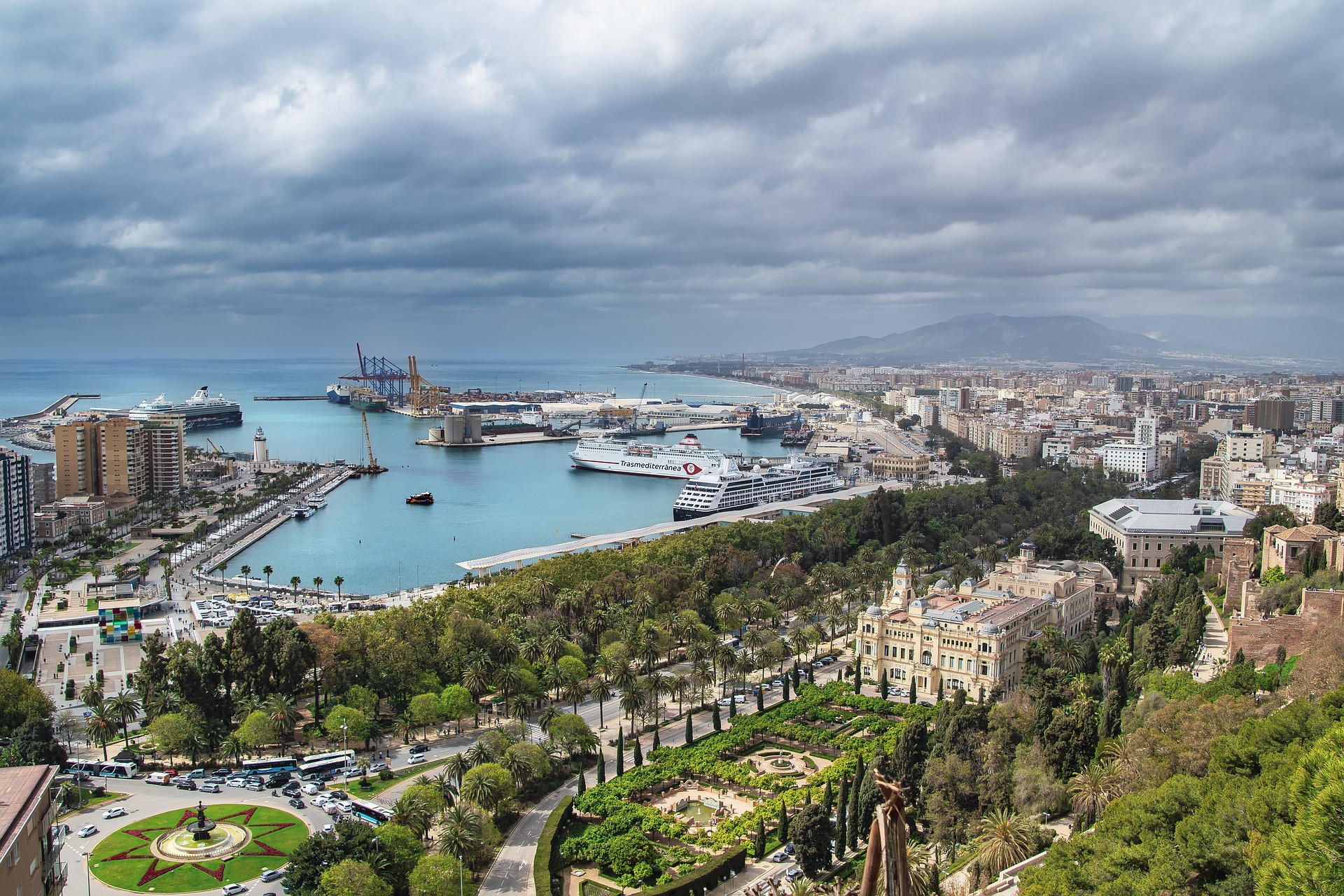Every week we ask the same 10 questions to a different Tekna member. This week it’s Kristian Nedrevåg’s turn (38):
Education: Civil engineer in marine engineering from NTNU.
Profession: Naval Architect and Project Manager at Breeze Ship Design.
– What is your morning routine?
– I traveled by fast boat to Stord, so the schedule was determined by the schedule. Wake up at 7:15, shower, pack gym bag and computer bag, and have breakfast in hand. Then half an hour in the car with some podcasts. Then continue 20 minutes by speedboat. I use the time on the speedboat to check email and calendar on my cell phone, or just read the news. I have a home office one day a week, but I feel most comfortable in the office.
– I’ll go back to about 1910, and ask Thomas Midgley Jr. it’s great if he can imagine working with something completely different.
– What does a normal work day look like for you?
– I have several projects all the time, where I am responsible for agreeing the scope and signing contracts, assigning tasks to colleagues in various fields, keeping in touch with customers and preferably shipyards, participating in meetings, sending drawings and calculations for approval in the company class and so on. A typical day contains a lot of technical and commercial clarifications and some work with documents such as specifications or drawing lists. Then there are meetings in between, and some project financial follow-up.
– What are you doing now?
– I mostly work with conversions, where the ship owner wants to adapt his ship to a new task or new requirements. For example, installing a large crane on the deck. Then we first check whether the ship has enough stability to support the crane being installed, and whether the foundation can be built on the ship. If it’s OK, we can go ahead and create new drawings for the ship parts, and update the existing drawings. In addition to conversions, recently I’ve been working on a lot of newbuild projects where we design ships from scratch, to suit specific missions.
– What are you doing to contribute to sustainability – small or large?
– At Breeze Ship Design, we work with projects that contribute to making shipping more sustainable. Alternatives to diesel engines are getting closer. The battery pack has become standard on both new and convertible versions. We also have a number of projects to install ballast water cleaning facilities. Important for the environment, although not related to climate.
– What’s the funniest/weirdest thing you’ve ever experienced at work?
– I worked for a long time on lifeboat development, and designed the world’s largest lifeboat at the time, for a series of cruise ships. The shipping company posted the video on TikTok, and ended up getting over a million views and a hundred thousand likes. As an engineer, you’re not used to having lots of people looking at what you do.
– Seeing the finished boat on the water, after watching it develop on a PC screen for almost two years, was also a highlight.
– Why did you choose this profession?
– Becoming a marine engineer was possible due to exposure to shipbuilding from an early age, with a father who worked in a shipyard. Moreover, I have an older brother who studies at NTNU and told me about the learning environment, so it must be Trondheim.
– Why are you setting yourself up?
– Of course first get free insurance. Now it’s mainly because I see how valuable it is to have a big union behind you if you can use it multiple times.
– How can we best recruit children and young people to choose science?
– With VAT exemption on Lego Technic? No. I think we need to be better at showing what the engineering profession is all about. The pathway from vocational subjects to technical studies must be more efficient than before, so that an extended year of general subjects can provide full academic competence in mathematics and physics. for those who are motivated to do so.
– If you could ask a historical figure one question, who would it be, and what would you ask?
-Thomas Midgley Jr. is a mechanical engineer, but works mostly in chemistry. He discovered leaded gasoline, and promoted it to great success starting in the 1920s, even though he knew it was dangerous. After that he discovered CFC gas which would damage the ozone layer. I would go back to about 1910, and ask him nicely if he wanted to work on something completely different.
– What do you think your profession will be like in 10 years?
– Many things may be the same, but with many small changes that together give us better communication and more efficient processes. It’s only been ten years since I had a landline on my desk. In ten years’ time, I hope and believe that emission-free alternatives to diesel engines on ships will be a commonly available product, and the supply of environmentally friendly fuel will be good.
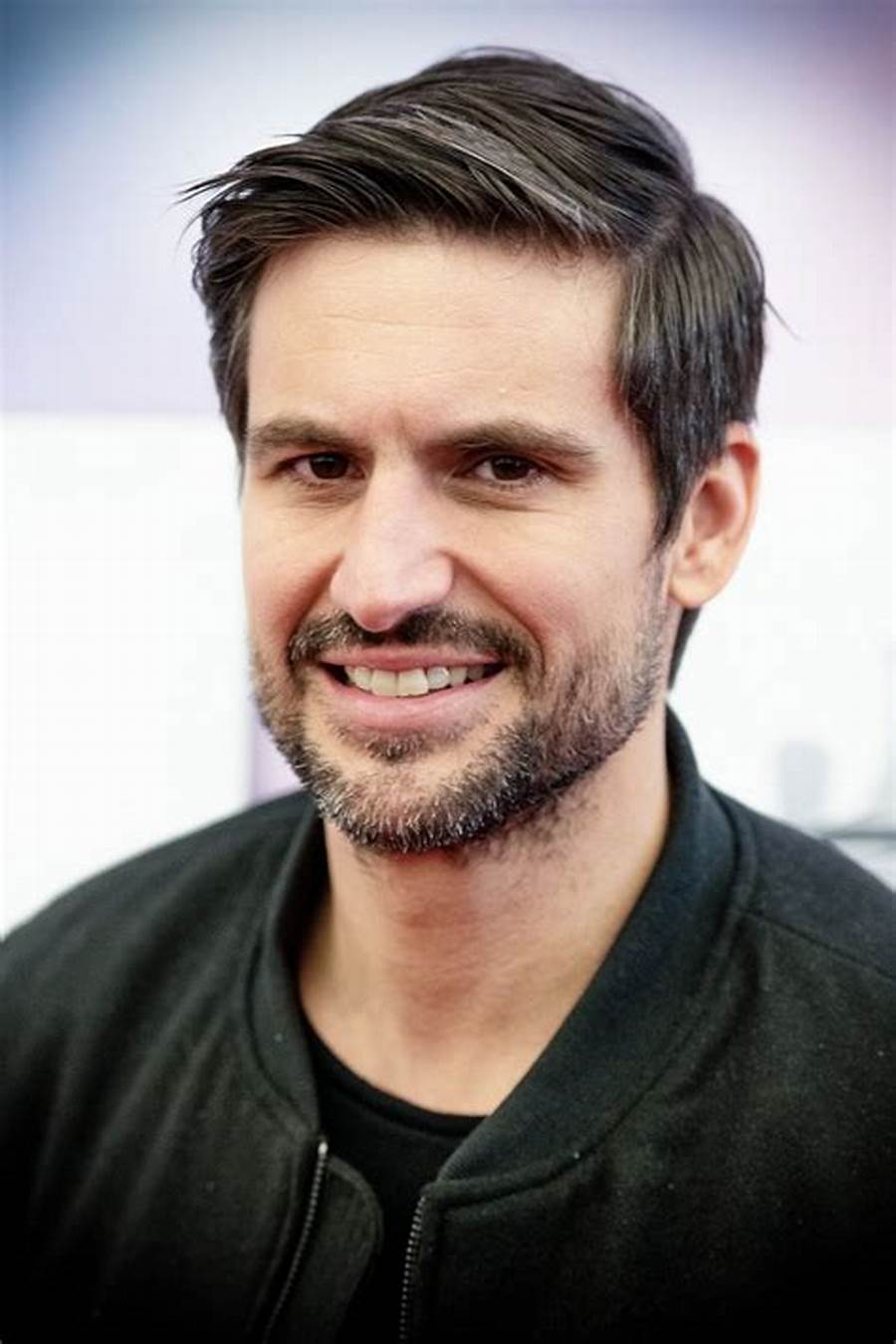
“Hardcore zombie fan. Incurable internet advocate. Subtly charming problem solver. Freelance twitter ninja.”


